
Sound privacy and noise level are among the qualities that occupants are least satisfied with in existing buildings. A notable study from 2011 surveyed 52,980 occupants of 351 buildings, and found that more than 50% of subjects were not satisfied with noise level within their working environments (Frontczak & Schiavon et al. 2011. Occupant Satisfaction and IEQ. Indoor Air).
Perhaps more shocking than this dissatisfaction of occupants is the relative dearth of research into aural comfort compared to related topics like glare or visual comfort and thermal comfort. So, when the possibility of acoustically improving our FabLAB presented itself, we jumped on the opportunity to do some research of our own. We will share some of the insights we’ve gained in process. During our explorations, we determined three broad classes of architectural strategies for sound dampening, which we’ve arranged here in order from the largest dampening impact to smallest:
- Move the Occupant Further Away from the Sound Source
While it’s not necessarily the most interesting or nuanced strategy, it’s important to note that sound intensity decreases with the square of distance from the source (much like gravity or electromagnetic forces decrease with distance). For this reason, the most effective strategy to dampen sound is often to simply move the receiver (or occupant) further away from the source. However, as many of us know from having to work within spatial constraints, this luxury of adding distance is not always possible. Also, many spaces do not have a singular location where sound will be produced and received, making it difficult to know where the distance needs to be added. - Use Sound Absorbing Materials
When you cannot change the direct sound transmission from source to receiver, you can still mitigate the sound reflected off of nearby surfaces, which in certain circumstances can account for as much as half of all sound intensity experienced. Somewhat unsurprisingly, materials that are good thermal and electric insulators also tend to make better sound insulators. However, there are a lot of nuances to this very general rule so we will dive in to this topic in a future post. - Use Geometries to Diffuse Sound Away from Your Receiver
Finally, we arrive at the strategy that arguably lends itself the most to an architectural design exercise. While it may not necessarily be as effective as the previous strategies, it’s nevertheless important to acknowledge that sound generally obeys certain geometric principles as it moves through a space, reflecting off of surfaces in a manner that can be modeled by tracing rays through a space. If we model the sound reflected off of a flat ceiling using this method, we notice an interesting trend:
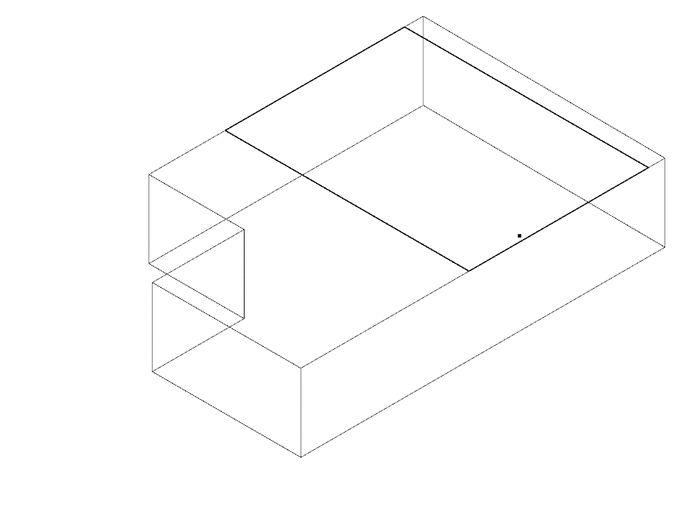
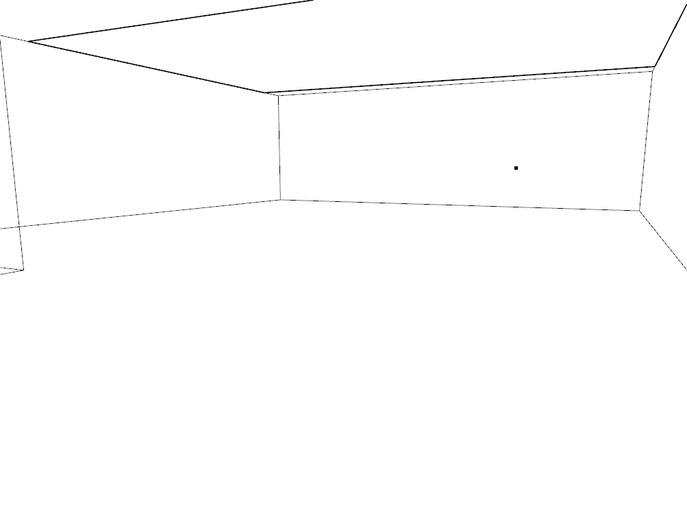
The pattern reflected sound makes as it returns to the plane on which people’s ears are located is very similar to the map of total sound intensity emitted directly from the source. So flat ceilings end up reinforcing the loudness of the sound closer to the source, creating more uncomfortable conditions in this region. If we start to deviate from this flatness, we realize that we can direct the sound in a manner that disrupts this pattern:
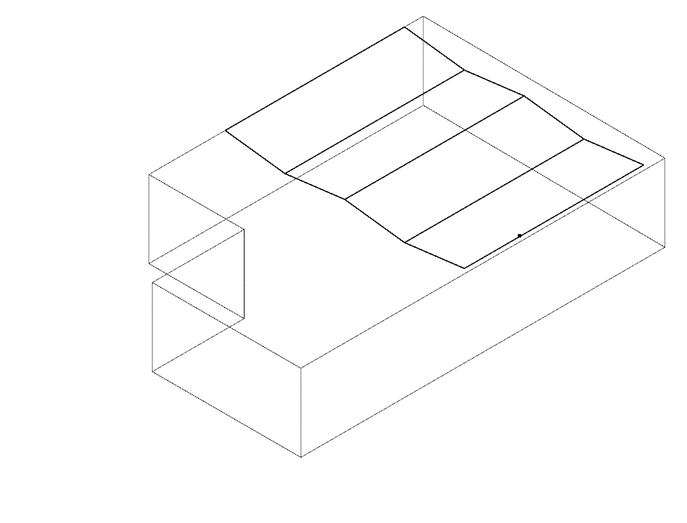
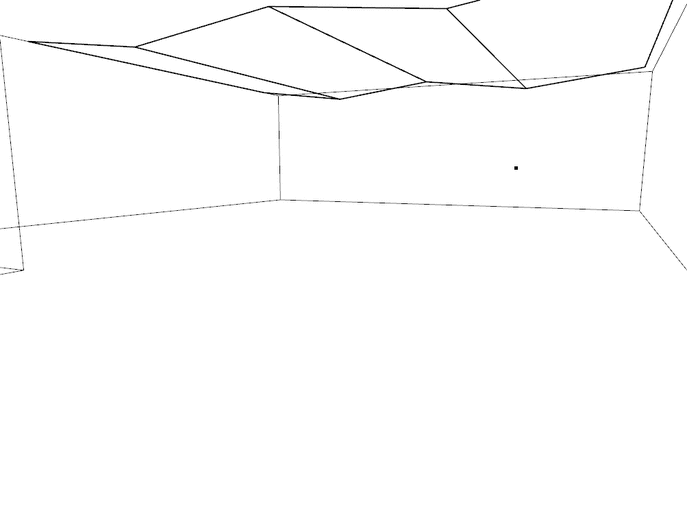
In the extreme, we can even sculpt the ceiling to direct the sound from a certain source away from a location where we know a receiver will be:
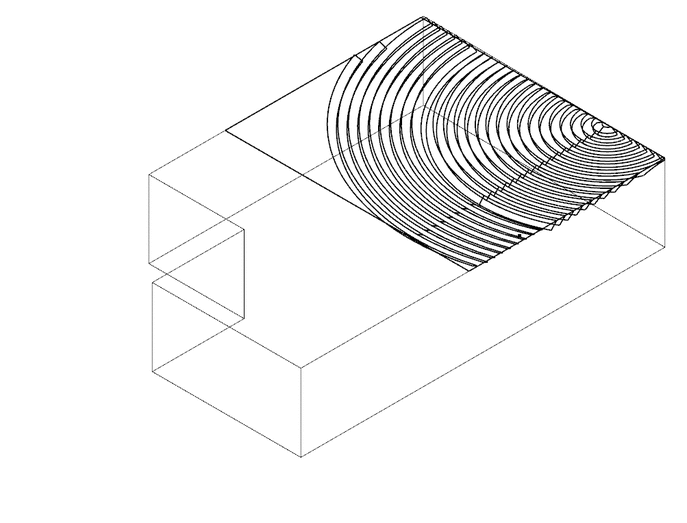
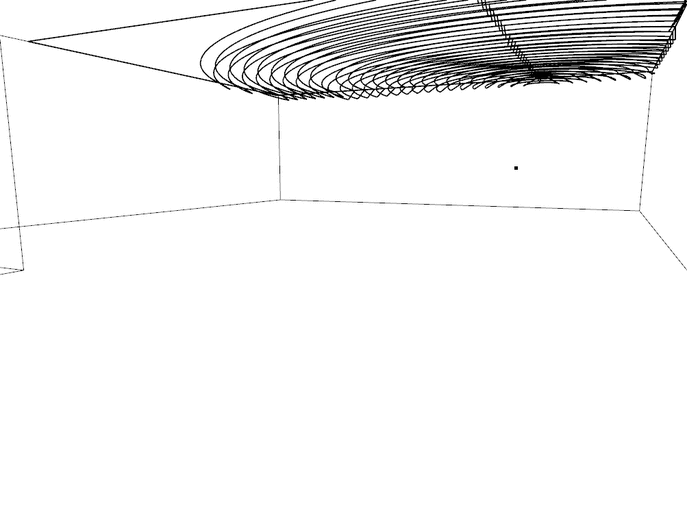
While this strategy presents an interesting solution for sound dampening, it suffers from the same limitations of the first strategy noted (moving the occupant further away); not all spaces have singular sound sources and receivers. In the case of our FabLAB, the CNC cutter head depicted here moves across a 4’x8’ region. This movement will change the pattern of reflected sound, sometimes for the worse. For this reason, a better strategy might be simply to diffuse the sound as much as possible from all directions by breaking up the ceiling into small elements angled in different directions:
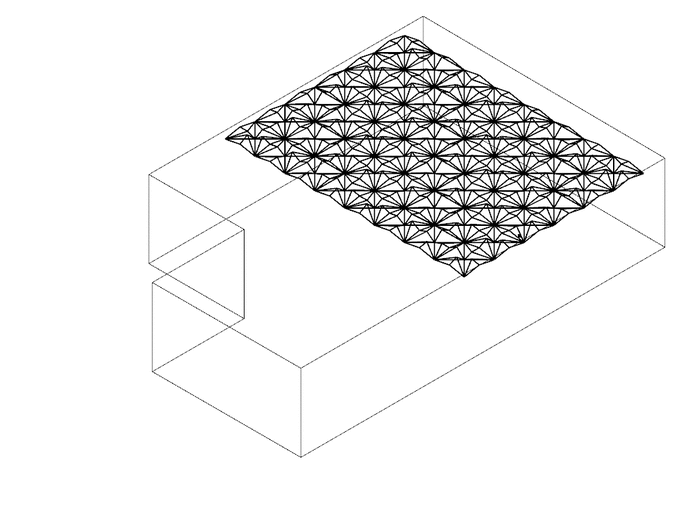
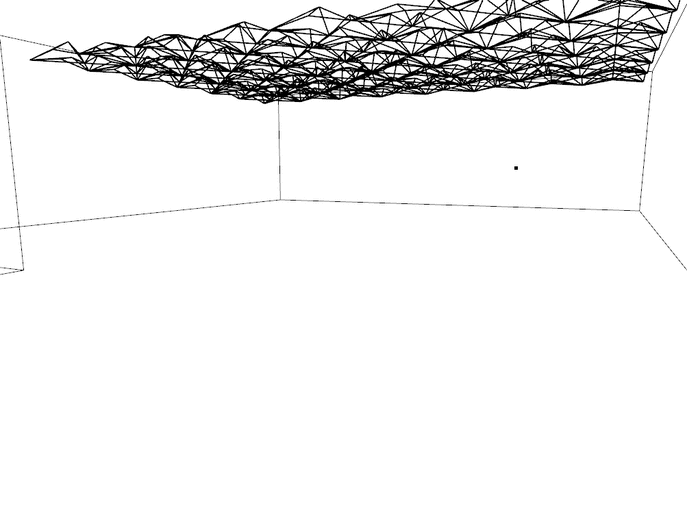
Taking this strategy further, one would expect that the more randomized the geometry of the surface, the more that the sound will be diffused and, to a certain extent, this is true:
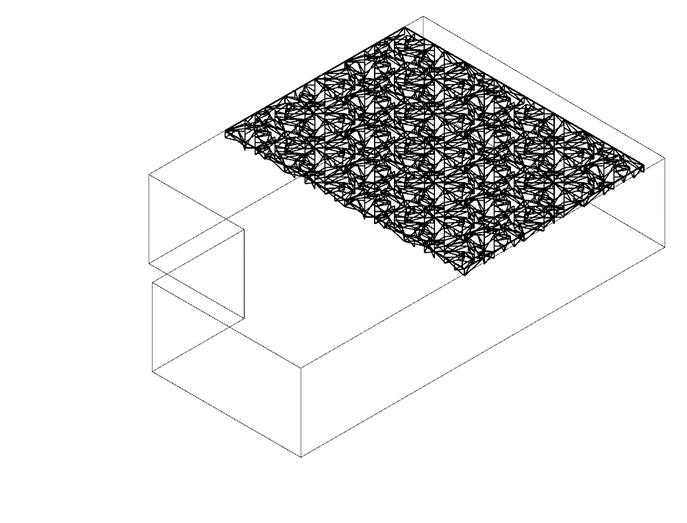
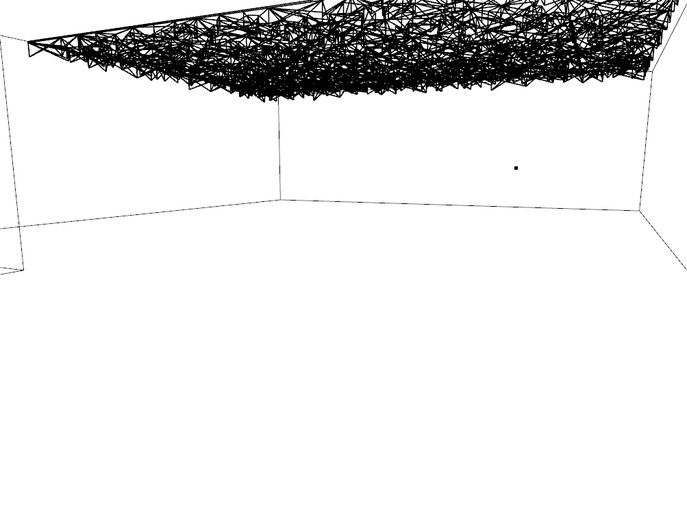
However, the best diffuser of sound that we found in all of our geometry simulations to date is not so random. In fact, it is one that many of us will find familiar – that of standard sound absorbing panels:
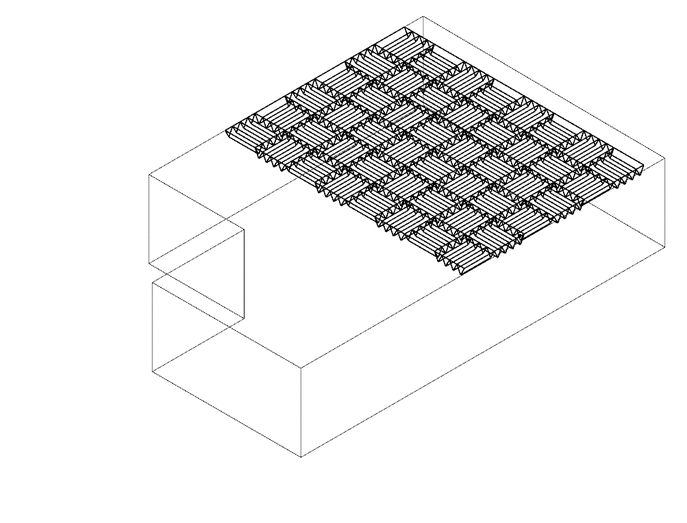
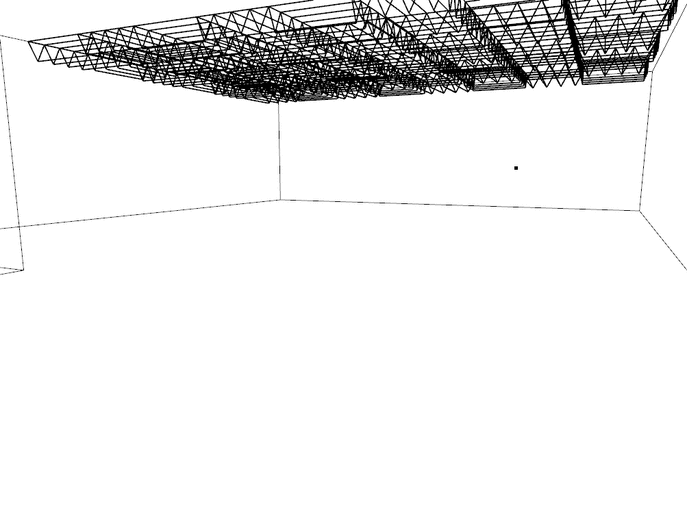
As one can see in the ray-tracing simulation above, the success of this strategy can be attributed to the steep angles of elements, which both capture some of the sound in the crevices between elements and direct the escaped sound horizontally away from the region immediately below them.
Given this all-to-common realization in optimization workflows that the best performing solution is not necessarily the most novel or interesting one, we might take a step back and realize there are other constraints to our design than simply mitigating the reflected sound. The ceiling of our FabLAB has ducts and vacuum tubes for the CNC which prevent us from realizing the “optimal” solution modeled here. There are also columns that hold up the ceiling and, at the end of the day, any solution that we think about installing will have to be constructable with affordable materials and in a reasonable time frame. For this reason, the highest and best use of our acoustic simulations would likely not be to simply build the optimum. Rather, we should use the principles we have learned to inform the design of an installation which accounts for the many constraints we have to address.
This is exactly what we plan to do. Stay tuned for updates about our solution. We plan to fabricate our solution and install it ourselves. It is, after all, a FabLAB!


